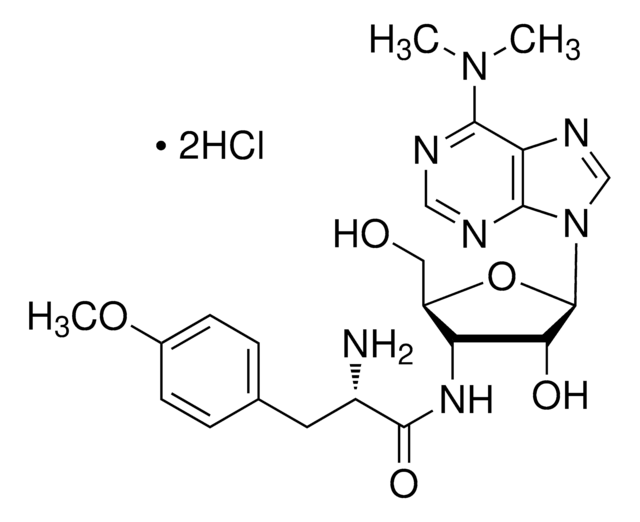07-6060
Distilled water
suitable for HPLC
Synonym(s):
Water
Sign Into View Organizational & Contract Pricing
All Photos(1)
About This Item
Linear Formula:
H2O
CAS Number:
Molecular Weight:
18.02
Beilstein:
2050024
MDL number:
UNSPSC Code:
12000000
PubChem Substance ID:
technique(s):
HPLC: suitable
bp:
100 °C (lit.)
Recommended Products
form
liquid
availability
available only in Japan
technique(s)
HPLC: suitable
refractive index
n20/D 1.34 (lit.)
pH
6.0-8.0 (25 °C)
bp
100 °C (lit.)
mp
0 °C (lit.)
density
1.000 g/mL at 3.98 °C (lit.)
SMILES string
O
InChI
1S/H2O/h1H2
InChI key
XLYOFNOQVPJJNP-UHFFFAOYSA-N
Looking for similar products? Visit Product Comparison Guide
Storage Class Code
10 - Combustible liquids
WGK
nwg
Flash Point(F)
No data available
Flash Point(C)
No data available
Regulatory Information
新产品
Choose from one of the most recent versions:
Already Own This Product?
Find documentation for the products that you have recently purchased in the Document Library.
Jesse K Kreye et al.
Ecological applications : a publication of the Ecological Society of America, 23(8), 1976-1986 (2014-02-22)
Long-term fire exclusion has altered ecological function in many forested ecosystems in North America. The invasion of fire-sensitive tree species into formerly pyrogenic upland forests in the southeastern United States has resulted in dramatic shifts in surface fuels that have
Steven Brantley et al.
Ecological applications : a publication of the Ecological Society of America, 23(4), 777-790 (2013-07-20)
Infestation of eastern hemlock (Tsuga canadensis (L.) Carr.) with hemlock woolly adelgid (HWA, Adelges tsugae) has caused widespread mortality of this key canopy species throughout much of the southern Appalachian Mountains in the past decade. Because eastern hemlock is heavily
John M Franck et al.
Progress in nuclear magnetic resonance spectroscopy, 74, 33-56 (2013-10-03)
Liquid state Overhauser effect Dynamic Nuclear Polarization (ODNP) has experienced a recent resurgence of interest. The ODNP technique described here relies on the double resonance of electron spin resonance (ESR) at the most common, i.e. X-band (∼10GHz), frequency and ¹H
Yuji Furutani et al.
Biochimica et biophysica acta, 1837(5), 598-605 (2013-09-18)
Microbial rhodopsins are classified into type-I rhodopsins, which utilize light energy to perform wide varieties of function, such as proton pumping, ion pumping, light sensing, cation channels, and so on. The crystal structures of several type-I rhodopsins were solved and
Lucio Isa
Chimia, 67(4), 231-235 (2013-08-24)
Since the seminal work of Pickering and Ramsden more than a century ago, adsorption of solid micro- and nanoparticles at the interface between two fluids has been recognized as a means to enormously improve emulsion stability against coalescence. Despite their
Our team of scientists has experience in all areas of research including Life Science, Material Science, Chemical Synthesis, Chromatography, Analytical and many others.
Contact Technical Service





